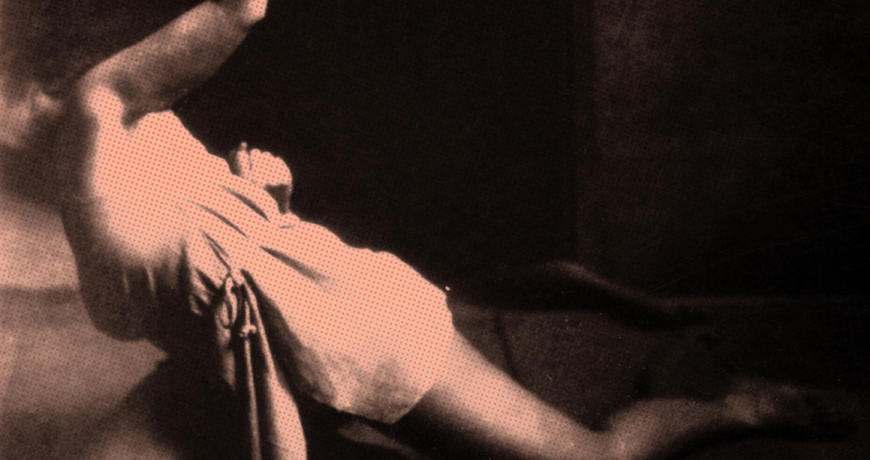

This year's steirischer herbst exhibition imagines the migration of cultural signs across borders, of body language as the signs carried on our backs, even if it is the only luggage we are able to carry.

Artists and new comissions: Kemi Bassene (FR/SN), Padmini Chettur (IN), Jimmy Chishi (IN), Chaw Ei Thein (USA/MM), Caecilia Tripp, Milica Tomić, Simon Wachsmuth (DE/AT), Gernot Wieland (DE/AT), Sawangwongse Yawnghwe (CA/NL/MM), Portia Zvavahera (ZW)
A lab run by Milica Tomić with master’s degree students, IZK Institute for Contemporary Art, Faculty of Architecture, Graz University of Technology
Works from the archives Liz Aggiss, Primavera Boman, Chandralekha (1928-2007), Barbara Cuckson, Hilde Holger (1905-2001), Shiavax Chavda (1914-1990), Htein Lin, Wolfgang Stange et.al.
Texts in German, English and French by Bessora, Laure Guilbert, Desmond Kharmawphlang, Francesca Recchia, Nora Sternfeld, Françoise Vergès et al; ed. Zasha Colah; trans. Nine Eglantine Yamamoto-Masson; design Chiara Figone; pub. Archive Books Berlin
Curated by Zasha Colah (DE/IN)
Excludes entrance fee Kunsthaus Graz
When everything can be confiscated from those in flight the body is turned into an archive, where experience and memory are inscribed. Everything a person has experienced, all that he or she is or has been, is inscribed on their body, a body that cannot simply be taken off. How are artistic vocabularies relayed across geographical and temporal boundaries? And what specific artistic objects result from this multiple migration?
From the particularities of historical continuities the exhibition questions art historical methods, engaging with various attempts to contain world art history. Enlightenment attempts to find geographical continuity have been critically dismantled, just as ethnography and the discipline of anthropology were so much born from the colonial enlightenment encounter. Yet, as a form of thinking – with unique textual-visual methods – several works in the exhibition seek how art historical methods may be put to wider avant-garde political potential.
By placing history alongside artistic mutations the exhibition asks how avant-garde forms are transmitted or provoked. Why does an Austrian choreographer in the 30s, forced to flee from the Nazi regime to Bombay, exchange the word “dance” for “body movement”? What induces an artist, after six years in prison, to engage in ancient forms of dance as a basis for pioneering performance art in Myanmar under the dictatorship of the 90s? Why does an artist consider the body parts from mass graves in Bosnia suitable for seeking a non-identitarian politics of memory?
Indian-born curator, art historian and co-founder of Clark House Initiative, Zasha Colah’s work frequently focuses on questions of cultural legacy in precarious circumstances. Before co-curating the Pune Biennale 2017 she has invited a number of artists to join her in Graz and probe the field of tension between art and the often extreme social conditions by which it is determined.
Commissioned by steirischer herbst
In collaboration with Kunsthaus Graz
Project sponsors hs art service, XAL, Gaulhofer Industrie-Holding
Zasha Colah (IN)
Zasha Cerizza Colah is an art historian and curator, and is a member of the curatorial collaborative and union of artists Clark House in Bombay. Zasha is interested in cultural sovereignty and the way art addresses injustice and legal frameworks. Her curatorial work researches instances of collective imagination under situations of political exigency, political and philosophical motivations for choreography, and under-represented art historical narratives. Her writing is to appear this year in “20th Century Indian Art”(Skira), and “The New Curator” (Laurence King) and “The Curatorial Conundrum” (MIT Press). She is currently also editing a publication on the art of Myanmar since the late 1980s, and on the history of curated exhibitions in India (Marg). Recently she has curated “Kamarados” at the Stedelijk Museum Bureau Amsterdam; “I love you Sugar Kane” at the Institute of Contemporary Art Indian Ocean, Mauritius; “no, it wasn't the locust cloud” at the National Gallery of Modern Art, Mumbai; “An Error in Helsinki” for Checkpoint Helsinki; and is co-curator of the Pune Biennale in 2017.